
Ella Maillart’s Leica, from the documentary Les voyages extraordinaires d’Ella Maillart
Swiss traveller Ella Maillart was born in 1903 in Geneva of a Danish mother and a Swiss furrier father. Attractive, sporty, outdoorsy, she loved to be on the lake, especially with her childhood friend Hermine de Saussure. “Bobbed chestnut hair with a fairer lock in front, clear grey eyes, and a frank and delicate smile – there was a light in her face. Later, reading Homer, I felt that Pallas Athene must have looked like her.”
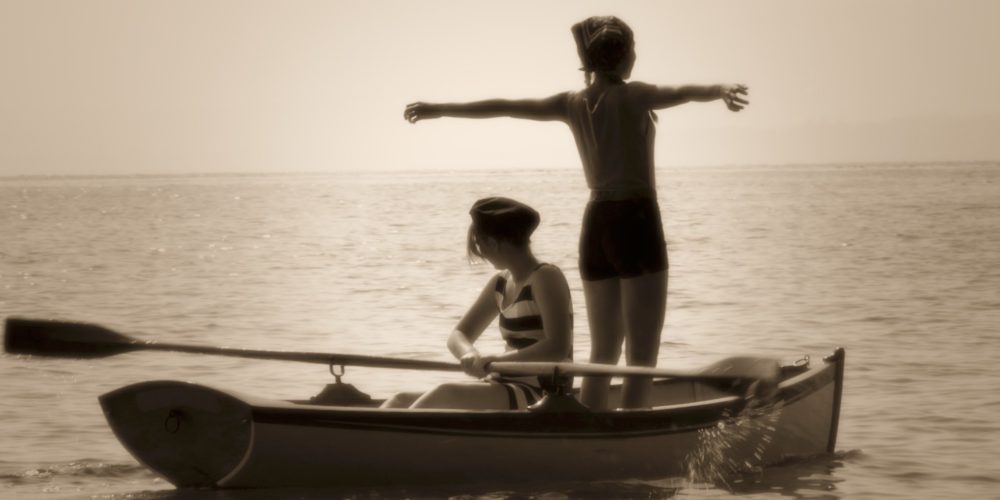
Still from the documentary Les voyages extraordinaires d’Ella Maillart
Hermine was “Miette” and Ella was “Kini”. This early pash blossomed into lifelong friendship. Surviving photos show a kind of 1920s sailor-suited lesbian chic – about which a new documentary on Maillart remains fairly circumspect. Ella played hockey, sailed, rowed and skied at a time when many sports clubs denied entry to women.
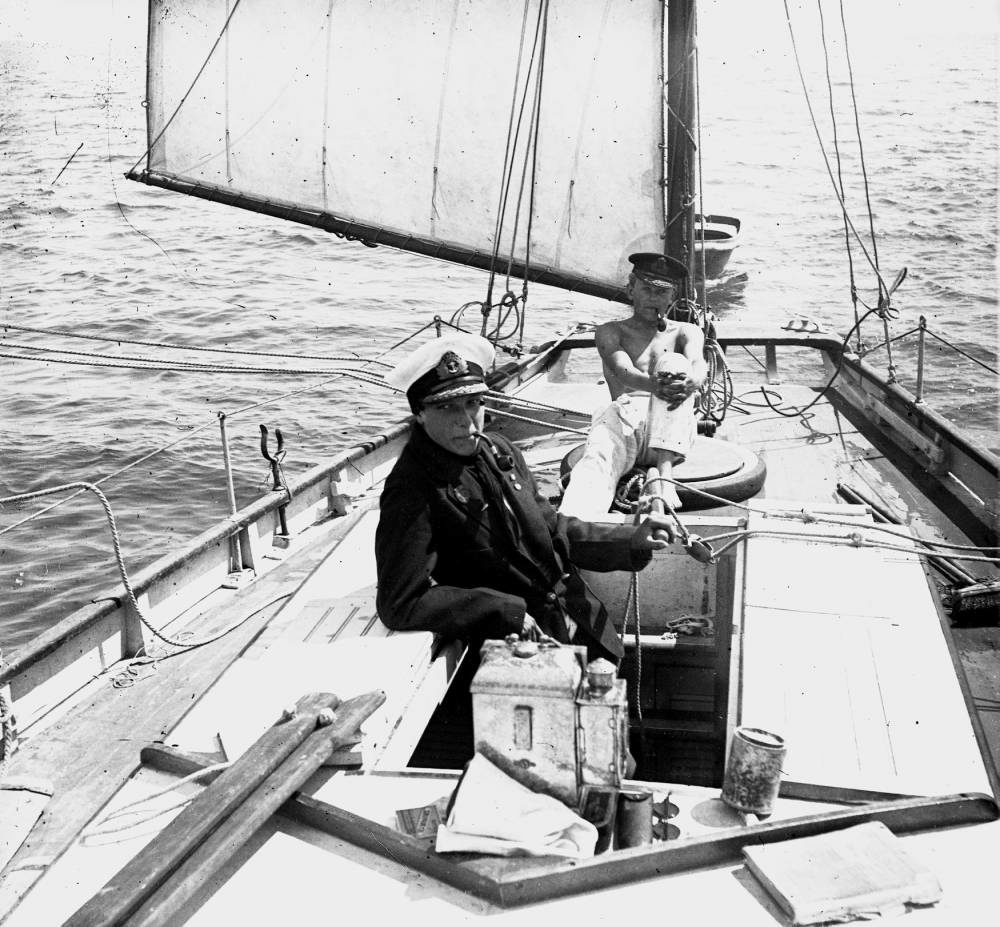
Ella Maillart (with pipe) on board her yacht.
She went on to represent Switzerland on the sailing team at the Paris Olympic Games of 1924 and to become one of those mythical between-the-wars travellers, a field dominated by British gentlemen of a certain stamp, such as Peter Fleming, whom she met and befriended in Sinkiang or Chinese Turkistan in 1935. They too became lifelong friends. She met the widow of American writer Jack London, and through that contact met Madame Tolstoy in Russia. She had a well-adjusted view of Europe’s position in the world: “Europe is a little peninsula of Central Asia.”
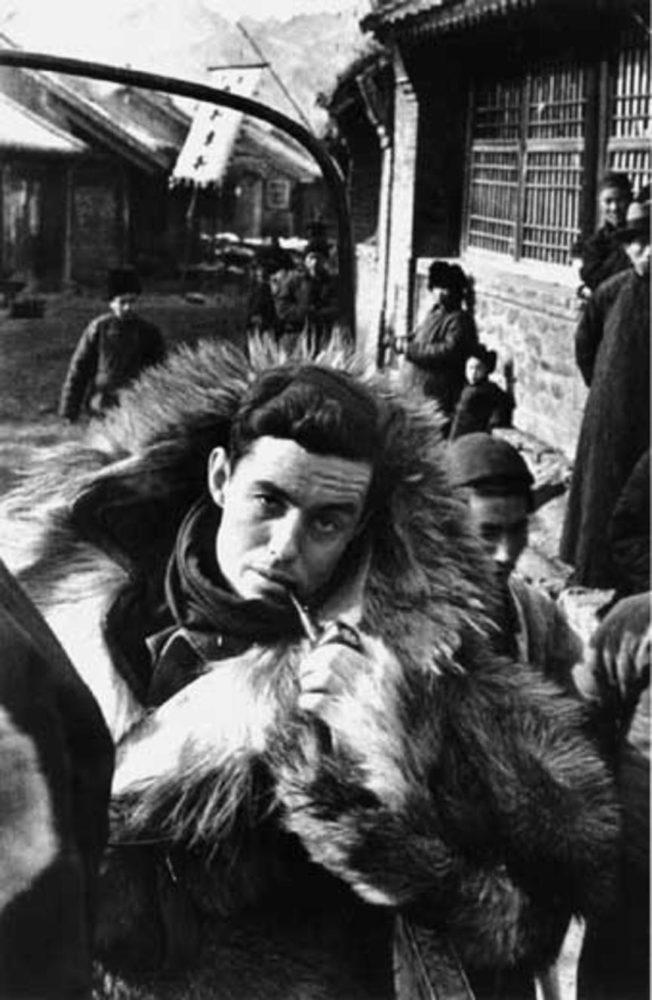
Traveller in furs, Peter Fleming, photographed by Ella Maillart in China, 1934
A new documentary about her life and travels, Les voyages extraordinaires d’Ella Maillart, is showing in French cinemas. I caught up with it recently in the Odeon Cinema in Morges near Lausanne, where it was screened as part of the book festival Le livre sur les quais. I was entranced from beginning to end, especially by Maillart’s photos of an Asia that has disappeared.
Director Raphaël Blanc makes wonderful use of the Maillart archive at the Élysée museum of photography in Lausanne. She was an accomplished photographer, an early user of a Leica III (a Leica F), with a good eye and an engaging manner with her subjects. That talent for friendship stood her in good stead. Peter Fleming (brother of the more famous Ian) described the advantage of the Leica:
… a large proportion of the photographs we took were taken from the saddle; and it made a lot of difference being able to hold your horse in with one hand while you focused the camera with the other.
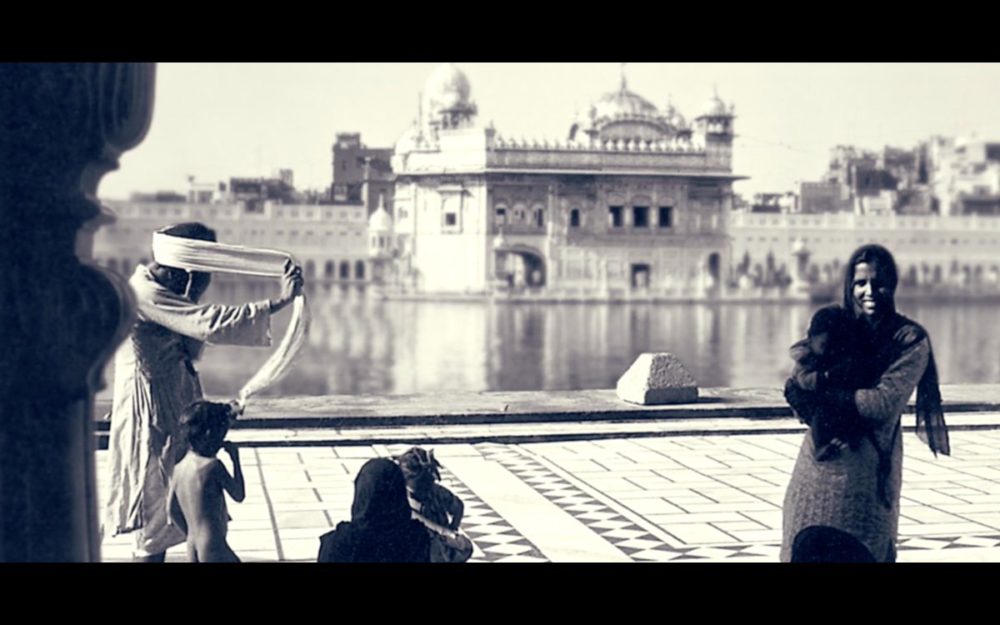
The Golden Temple, Amritsar, India, photograph by Ella Maillart
Journalism and book publication paid for Maillart’s road trips. She wrote for Le petit parisien and other magazines of the day, and illustrated her own travel books. The film cuts between her still photographs, archival footage from the 1920s and ’30s, TV interviews with Maillart dating from the 1970s as well as contemporary interviews with people who knew her.
The documentary follows Daniel Girardin, art historian and curator of the Élysée museum, who rides and walks in Maillart’s footsteps across Central Asia. These travels are shot by Raphaël Blanc using high definition drone photography to capture the wide karst and mountain landscape of Kyrgistan and Afghanistan, the thousand year-old horse market of Karakol and scenes of transhumance that seem timeless. Maillart’s extraordinary travels, as well as her spiritual quest during the Second World War in India, are handled without too much hokus-pokus.
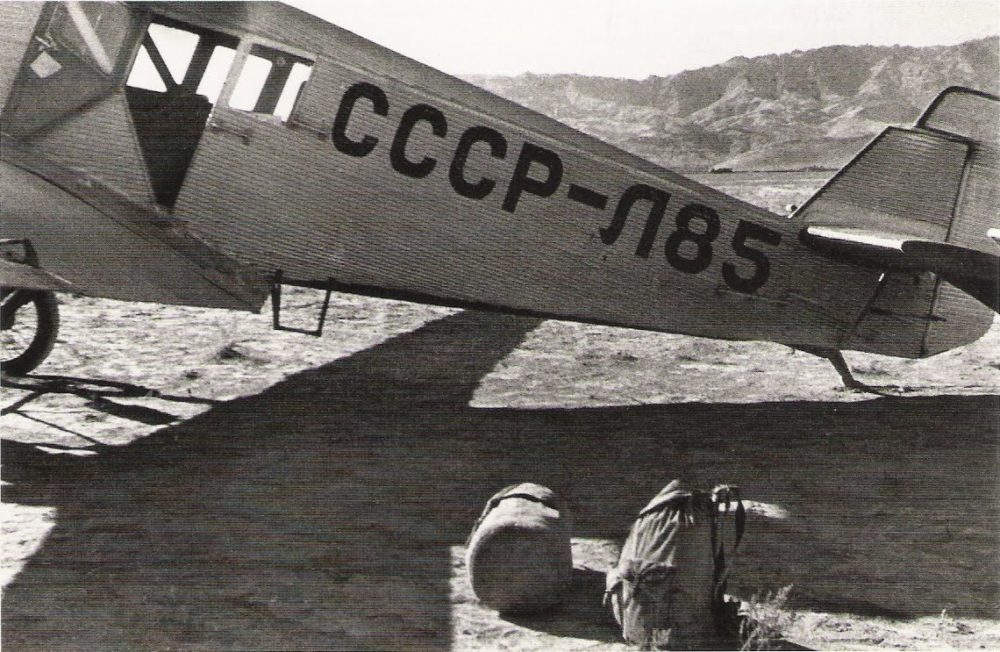
Ella Maillart’s luggage on the airfield, Samarkand, Ouzbekistan, URSS. 1932
In 1938 she teamed up with Swiss writer Annemarie Schwarzenbach and the two of them headed off in a Ford to revisit Afghanistan. Schwarzenbach was a troubled soul and addicted to morphine. The two travellers eventually parted ways. Ella’s account of their journey under the shadow of war, written after Schwarzenbach’s death, has wonderful photos of the androgynous Schwarzenbach as well as the enormous Buddha statues of Bamiyan, dating from the 4th and 5th centuries CE.
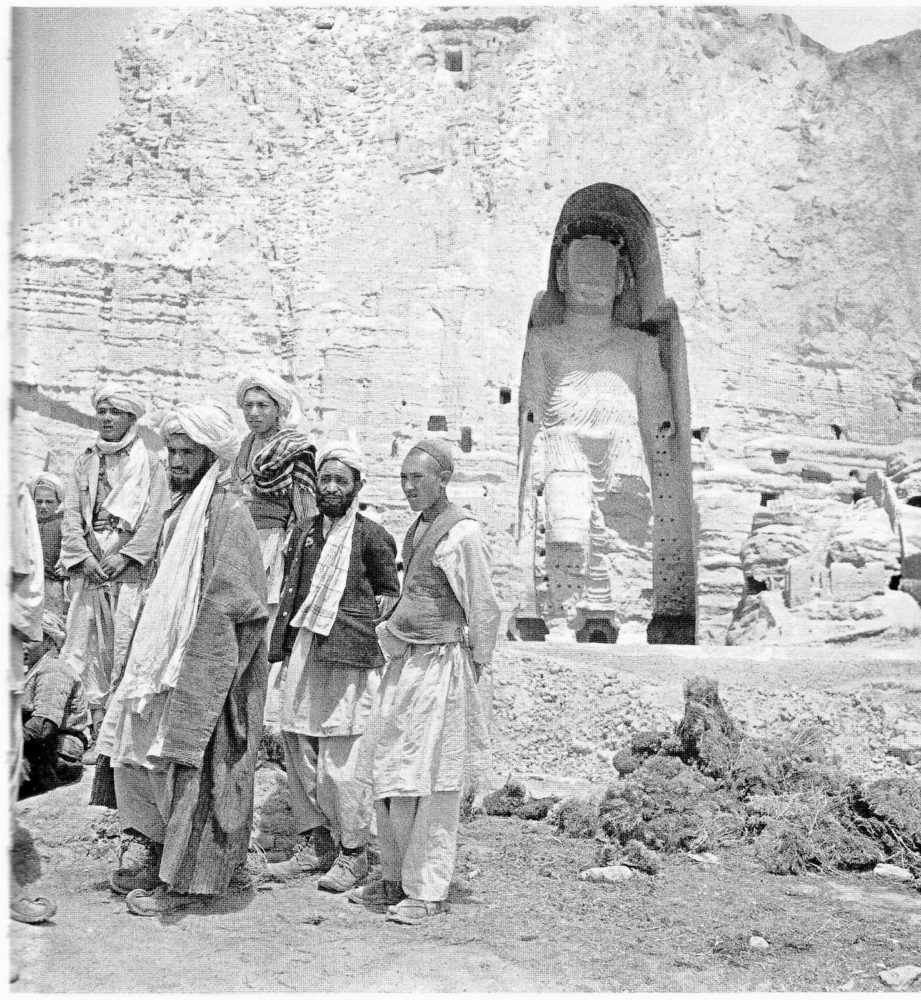
The Bamiyan Buddha, August 1939, photo by Annemarie Schwarzenbach
They stood in the cliff-face niches of limestone from which they had been carved, looking out over the valley in the Hazarajat region of central Afghanistan for a millennium and a half. The Taliban dynamited them in 2001. Switzerland and Japan have pledged to reconstruct them.
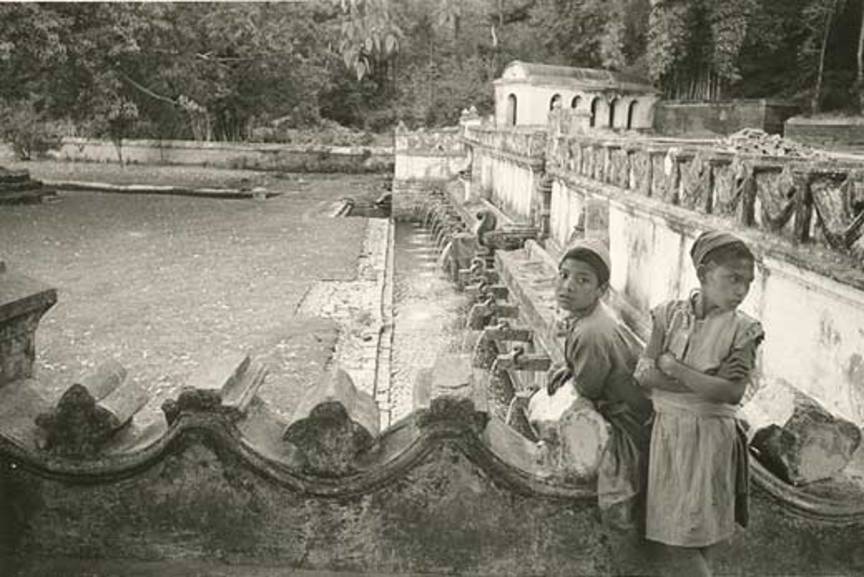
Ella Maillart photo of the royal palace, Balaju, 1961
Maillart’s books and her style have dated a bit, and she was aware of her limitations as a writer. Her fellow traveller Nicholas Bouvier said of her: “I much prefer real travellers who write to writers who travel.” It’s an astute distinction.
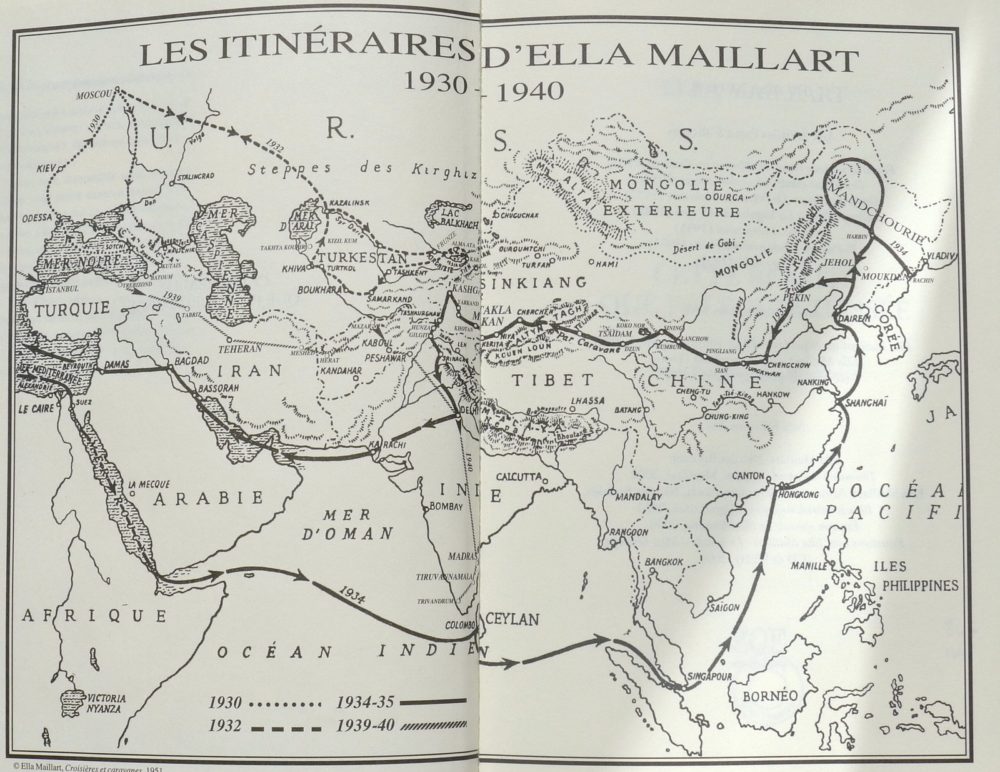
Ella Maillart’s itineraries, courtesy of Zoé publications, 2013
Maillart retreated after the war for part of each year to the village of Chandolin, high in Switzerland’s Valais, where she kept a chalet, her books and her spiritual equilibrium. Her interest in eastern mysticism and religion was ahead of its time in the West. With this new documentary, its stunning photography and high definition aerial shots of Central Asia, perhaps more people will get to know of Maillart’s exploits and her groundbreaking life.

Philippe Vermès portrait of Ella Maillart

The tiny Ella Maillart museum at Chandolin in the Valais

